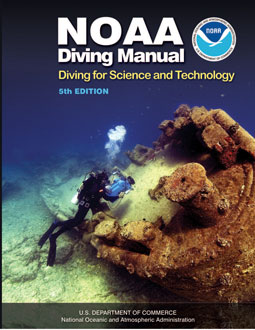Holiday Customer Support Closure
Please note that our customer support will be closed for the holidays starting December 24th through January 4th.
DEPTH Blog
Thermal Stress Irrespective of Ambient Temperature
Thermal Stress Irrespective of Ambient Temperature
Hypothermia is not a problem exclusive to frigid environments—it can occur irrespective of ambient temperature. Similarly, divers may also suffer extremes of hot and cold thermal stress simultaneously during the same dive. There have been documented cases of severe heat exhaustion in arctic waters by commercial divers as a result of wearing thick, occlusive drysuits, aggravated by dehydration from breathing dry compressed gas and perspiring from prolonged underwater swimming or heavy underwater work. Perspiration from excessive or from pre-dive overheating can also cause the diver’s drysuit underwear to lose insulation, thus predisposing him to hypothermia.
Divers also have to be wary of hypothermia in warm environments. A phenomenon called “warm water hypothermia” can occur even in the tropics, especially during long dives and repetitive dives made without adequate rewarming between dives. In warm water hypothermia, long slow cooling can take place in water temperatures as warm as 81º–91ºF (27–33C). Although warm water hypothermia is not as easily recognized as its cold water counterpart, it definitely warrants attention. The physiological mechanisms of warm water hypothermia have been demonstrated in various medical studies, but they still are not clearly understood. The victim in this situation may not shiver because the drop in core temperature may not be rapid enough to activate the body’s thermoregulator defense mechanism. There may be a discrepancy between the input of the receptors in the body’s shell and core, making the diver’s skin feel warm while his core is cooling. Warm water hypothermia can cause confusion, fatigue, apathy, incoordination, delayed reaction time, and sudden anxiety. These mental and physical disabilities, especially when concurrent with any problems during the dive itself, can result in panic, embolization, and drowning.
Source: NOAA Diving Manual: Diving for Science and Technology, 5th Edition; 2013
SUGGESTED READING AND RESOURCES
When you subscribe to the blog, we will send you an e-mail when there are new updates on the site so you wouldn't miss them.








